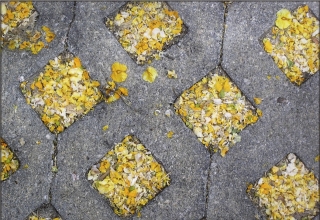
Becoming a judge is a rigorous process requiring graduation from law school; passing one or more bar exams, years of practice; building a professional and legal presence; and, successful navigation of an appointment process or election. This is before the first day as a jurist. The transition from a private practice or governmental attorney to a judge is marked in shifts and nuances only learned through experience. How a judge becomes acclimated to this new role is vitally important. One of the most challenging is acculturation into an environment that is complex, challenging, intra and interdependent, and both restrictive and transparent.
The Challenge of Cognitive Dissonance in Judging
Being a judge can be a lonely role. How judges get support and gain feedback throughout the duration of their career is dissimilar, depending on an assortment of variables, including court cultures. Culture, as defined by Edgar Schein is an intriguing abstract concept that points to phenomena that are below the surface, often invisible and unconscious, but powerfully influential. Culture creates within us mindsets and frames of reference that Marshak (2006) identified as one of a number of important covert processes. Culture is to a group what personality or character is to an individual. Just as our personality and character guide and constrain our behavior, so does culture guide and constrain the behavior of members of a group through the shared norms that are held in that group.
Judicial systems tend to exhibit similar characteristics influenced by the size, geography, jurisdiction, method of judicial selection and retention and court culture. The law is slow to change. So too are court cultures. Layered over court cultures are systems that look backward, not forward; are cautious and risk averse; and steeped in tradition. All of this contributes to a natural and understandable resistance to innovative practices that ruffle or challenge existing paradigms, including what it means to be a judge.
Although most judges come to the job with the highest credentialing and experience as lawyers, they arrive at the bench with low credentialing and experience as a judge. They are joining a different legal culture – for example, a newly appointed judge may have left practice as a seasoned senior lawyer and arrived at the court as a junior and “green” judge. This dichotomy is especially so in the United States, unlike many civil law countries that do advanced training and preparation of lawyers to become judges. Our system (law schools) has no significant track for education and preparation before embarking on a judicial career. Our selection of judges is based on meritocracy. This paradox of being highly qualified and arriving as a greenhorn presents a personal paradox, that if left unaddressed can lead to a myriad of other unintended issues and challenges.
Download Article















